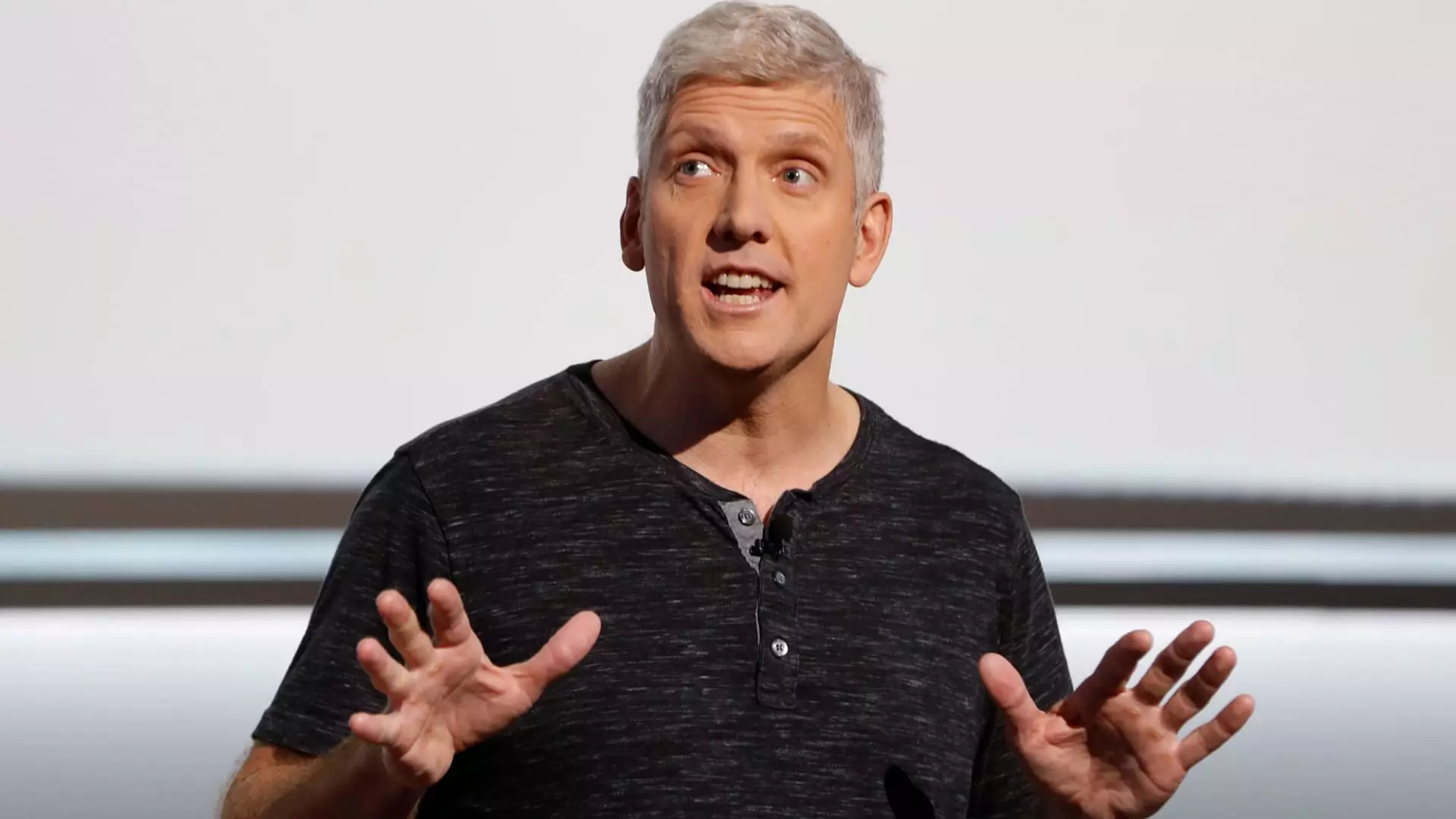The recent announcement from Google regarding voluntary buyouts for employees in its Platforms and Devices (P&D) unit is a telling sign of the company’s adaptive strategies in a rapidly changing technological landscape. This unit, employing over 25,000 full-time staff dedicated to a range of products including Android, ChromeOS, Google Photos, and Nest, now faces the reality of impending organizational adjustments. As major tech giants, such as Google, pivot towards artificial intelligence, the need for restructuring has become not only appropriate but imperative, indicating a road paved with both opportunities and challenges.
Rick Osterloh, Senior Vice President of Platforms and Devices, communicated to his teams the specifics of the voluntary exit strategy. According to details shared internally, the initiative is not merely a reaction to external pressures but rather an essential part of a broader vision for Google. The buyout plan presents a severance package as a means for employees to leave the company willingly, presenting an alternative to the often painful and abrupt process of layoffs. Such measures reflect a conscious effort to respect employees while also aligning the workforce with the strategic goals revolving around AI advancements.
The decision to offer buyouts before potential layoffs reflects a more humane approach within the tech industry. Employee reactions, as captured through internal communications, underscore an appreciation for this proactive measure. Employees note that the initiative empowers those who are misaligned with their roles or burdened by job demands, allowing them to leave on their terms rather than endure the anxiety of compulsory separation.
Despite positive internal feedback regarding the buyout program, the announcement inevitably raises apprehensions about job security amongst Google staff. Following the news, employees began circulating petitions advocating for comprehensive job security amidst fears that the buyout option could transition into more severe layoffs. The uncertainty tied to performance expectations, workload, and the hybrid work environment exacerbates tensions, reminding one and all that though voluntary, the buyout announcement is rooted in broader structural challenges.
Importantly, the introduction of buyouts comes in the wake of various organizational maneuvers, including the convergence of the Android and Pixel divisions. This amalgamation indicates a shift toward a streamlined operation wherein a concentrated focus on AI will signal a pivot in resources and talent. As Google positions itself at the forefront of AI technology development, employees stand at the crossroad of uncertainty and opportunity.
Financial considerations undeniably underpin these strategic decisions. While the Platforms and Devices unit isn’t as profitable as Google’s search ad business, it still made significant gains; its revenue surged to $10.66 billion in the third quarter, marking a notable increase from the previous year’s figures. However, as the company braces for potential economic fluctuations—exemplified by broader market dynamics including tariffs on hardware imports—the need to optimize operational efficiency becomes paramount.
CFO Anat Ashkenazi’s priorities signal a clear focus on cost management as Google ramps up investments in AI infrastructure. This reflects a dual strategy of cutting costs while innovating—a complex balancing act that requires deft managerial approaches and a keen understanding of evolving market demands.
Despite all the hurdles, Google is not shying away from investing in its future. The acquisition of engineering talent from HTC Vive represents a deliberate maneuver in bolstering its capabilities within the augmented and virtual reality space. By enhancing the Android XR platform, Google aims to capture consumer interest at the intersection of AI and immersive technologies—a growing field that holds vast potential for innovation and market disruption.
Google’s forward-thinking approaches, such as unveiling new AI features for its Pixel devices, position the company as a frontrunner in the tech industry amid fierce competition with Apple and other developers. The constant push towards innovation signifies not just a desire to maintain market share but also a commitment to lead in transformative technologies.
In essence, Google’s buyout strategy within its Platforms and Devices unit signifies an important transitional phase as it realigns its workforce aligned with forthcoming AI initiatives. While apprehensions about job security echo through the company, the emphasis on voluntary exits encapsulates a adaptability in the face of uncertainty. Through nurturing a culture of innovation, the tech giant aims to position itself strategically within the ever-evolving landscape of technology, turning every challenge into an opportunity for further growth and development. The path ahead is complex, yet it holds the promise of significant advancements that could define the next era of digital interaction.

